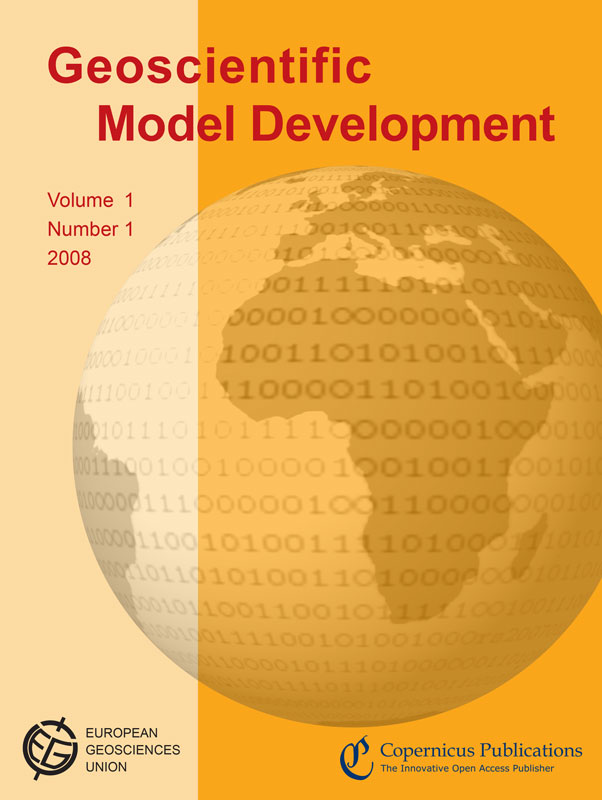
In response to various water-related challenges, FutureWater and its partners have developed the Spatial Processes in HYdrology (SPHY) model and applied the model in various research projects. SPHY is a state-of-the-art, easy to use, robust tool, that can be applied for operational as well as strategic decision support. We are now proud to announce that the SPHY model is published in “Geoscientific Model Development” (GMD), which is an Interactive Open Access Journal of the European Geosciences Union.
The SPHY v2.0 model publication introduces and presents the Spatial Processes in HYdrology (SPHY) model (v2.0), its development background, its underlying concepts, and some example applications. SPHY has been developed with the explicit aim of simulating terrestrial hydrology on flexible scales, under various physiographical and hydroclimatic conditions, by integrating key components from existing and well-tested models. SPHY is a spatially distributed leaky bucket type of model, and is applied on a cell-by-cell basis. The model is written in the Python programming language using the PCRaster dynamic modeling framework. SPHY (i) integrates most hydrologic processes, (ii) has the flexibility to be applied in a wide range of hydrologic applications, and (iii) on various scales, and (iv) can easily be implemented. The most relevant hydrological processes that are integrated into the SPHY model are rainfall–runoff processes, cryosphere processes, evapotranspiration processes, the dynamic evolution of vegetation cover, lake/reservoir outflow, and the simulation of root-zone moisture contents. Studies in which the SPHY model was successfully applied and tested are described in this paper, including (i) real-time soil moisture predictions to support irrigation management in lowland areas, (ii) climate change impact studies in snow- and glacier-fed river basins, and (iii) operational flow forecasting in mountainous catchments.
